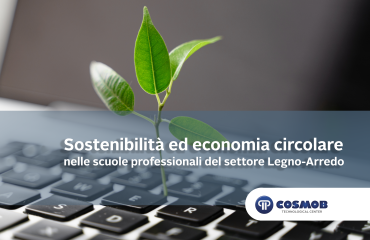Sustainability and the transition to a safe, climate-neutral, resource-efficient and circular economic growth model are relevant for increasing the competitiveness of European business.
The concrete application of this model on a European scale needs to adopt a systemic and long-term approach geared towards eco-sustainability, as well as the definition of harmonised criteria and standards to determine whether a given economic activity can be considered sustainable.
Clarity and transparency are two fundamental values for increasing customer confidence in companies that define themselves as ‘green’.
In response to this need, the European Commission introduced the concept of taxonomy within the Action Plan on Sustainable Finance, launched in March 2018, with EU Regulation 2020/852.
What is taxonomy?
A taxonomy is defined as “a unified system that clarifies which activities can be considered sustainable from an economic, social and environmental perspective.” [Source: Sustainable Finance.co.uk]
In a market characterised by a high proliferation of declarations and self-declarations and the so-called greenwashing phenomenon, which is still a widespread practice today, the introduction of a formal and harmonised definition of ‘sustainability’ of economic activities established on the basis of verifiable and measurable objectives and criteria represents a major step towards the achievement of European sustainable development goals.
In fact, the taxonomy not only helps to provide clarity, but is a fundamental tool for directing the investments of organisations and investors towards sustainable activities and projects.
What are the criteria and objectives of the taxonomy?
The taxonomy approach introduced by Regulation 2020/852/EU is based on six main environmental and climate objectives identified by the European Commission, with reference to which “an economic activity is considered sustainable if it contributes substantially to one or more of these objectives, and if it does not cause significant damage to the others“.
The six environmental and climate objectives identified are as follows:
- climate change mitigation;
- adaptation to climate change;
- sustainable use and protection of water and marine resources;
- transition to a circular economy, including waste reduction and recycling;
- pollution prevention and control;
- protection of biodiversity and ecosystem health.
The Sustainable Finance Taxonomy Regulation officially came into force on 1 January 2022 and represents a concrete assessment and planning tool through which even manufacturing companies can pursue a real and concrete green transition, making a substantial positive impact on the environment, society and the economy.









